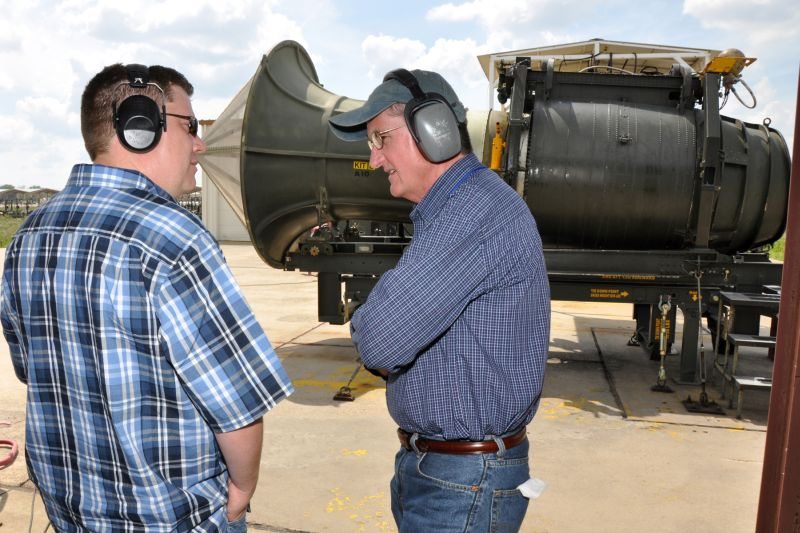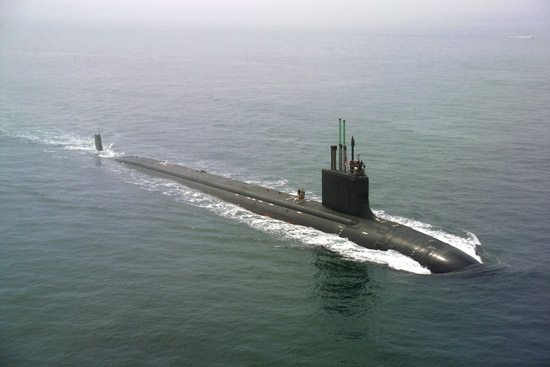Airmen here assisted the Air Force’s Alternative Fuels Certification Program staff in evaluating a new jet fuel blend known as alcohol-to-jet, March 26-30, 2012 here.
Specialists from the Alternative Fuels Certification Division at Wright-Patterson Air Force Base, Ohio, and the TF34 Engine Program Office at Oklahoma City Air Logistics Center, at Tinker AFB, Okla., evaluated the fuel in TF34 engines used in the A-10 Thunderbolt II at the 917th Fighter Group’s test facility.
The office of the Secretary of the Air Force officians directed the effort to certify alternative fuels for operational use on all Air Force aviation systems in an effort to reduce dependence on foreign oil.
The particular ATJ being evaluated is a 50/50 blend of butanol, an alcohol feedstock, and traditional JP-8. In the future, the ATJ fuel could be produced from common, abundant cellulosic material like wood waste, grasses or cornstalks.
“Since late December of (2011), AFCD has been evaluating the ATJ fuel properties, conducting materials compatibility and component rig testing in support of this TF34 test,” said David Dickey, the AFCD propulsion lead. “Quite a bit of engineering work is performed on each fuel candidate before we would ask anyone to put in into an actual engine.”
The testing at Barksdale AFB consisted of running the TF34 engine with JP-8 fuel to set parameters as a baseline for comparisons after the ATJ test. Then the ATJ/JPS blend was run through the engines. Data was reviewed and the engines were taken apart and checked by 917th Propulsion Shop jet mechanics for any indications of abnormal wear.
“We are especially interested in the high pressure turbine, (stage one and two),” said Master Sgt. William George, the 917th FG test cell supervisor. “We pulled the hot section and will be looking for damage or wear to the parts, but the aft of the engine looks like it runs clean.”
Looks aside, detailed analysis of compiled data from the test will determine if ATJ fuel gets a clean bill of health for the next phase of on-aircraft testing.
“If the engine’s performance is comparable using these diverse fuels, the TF34 Engine Program Office will recommend to the Alternative Fuel Certification Division that the fuel can be utilized for flight testing,” said Andrew Abdinor, a TF34 equipment specialist. “But, the ATJ needs to perform as well as the JP-8.”
All of these efforts support the Air Force’s overall energy strategy to acquire 50 percent of domestic aviation fuel from alternative fuel sources by 2016.
Engine approval will clear the way for the next phase of the testing process — an A-10 flight demonstration using the ATJ fuel blend. This evaluation is scheduled at Eglin AFB, Fla., in May 2012.
“The (engine) approval process is a very important step,” Dickey said. “Without it, we can’t fly.”











